Is Seaweed the Future of Packaging?
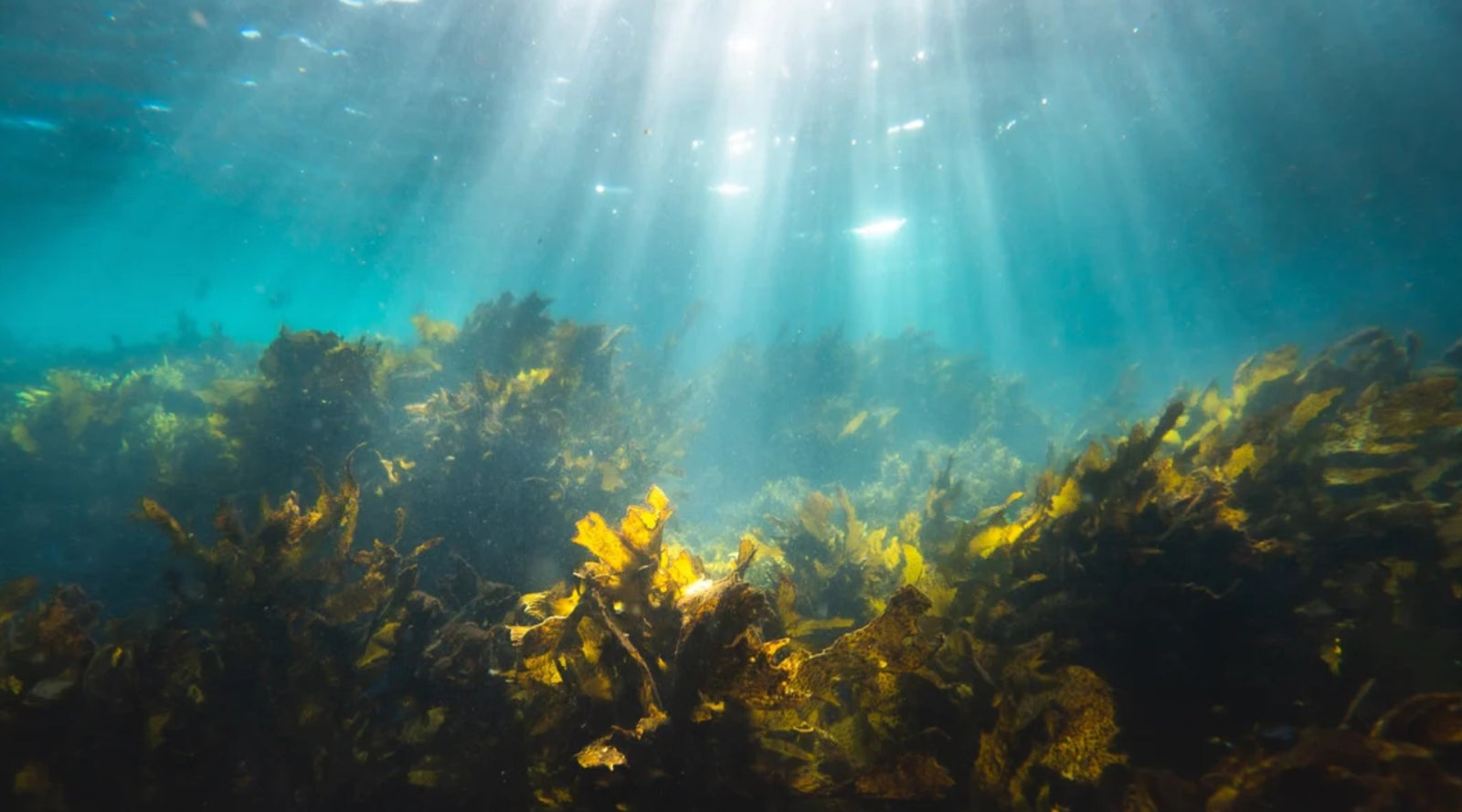
WRITTEN BY: Jane Marsh | BioFriendly Planet Magazine
We currently live in a world barraged by plastic. Since 2010, scientists estimate 8 million metric tons of plastic have entered our oceans because of human waste. That’s approximately the same weight as 90 aircraft carriers. If we do nothing to counteract this current trend, the rate of plastic in our waterways is on track to increase dramatically by 2025. The encouraging news is many people are actively working to reverse this dangerous trend by investing in sustainable options for packaging. One of the most promising alternatives to plastic is seaweed.
Why Seaweed Works
Kelp shows a promising future in the packaging industry for several reasons:
- Seaweed proliferates: As a raw material, kelp proves simple to cultivate, growing up to 3 meters a day. The entire crop is ready to harvest within a little over a month, making the grow-time entirely manageable.
- Seaweed is easily accessible: Kelp grows on every coastline. It’s also simple to extract from the shore or harvest a crop.
- Seaweed is inexpensive: Unlike other crops, it doesn’t require fertilizers or freshwater, making it comparatively cheap to produce.
- Seaweed products decompose: Unlike their plastic packaging counterparts, kelp is biodegradable. Single-use straws, or containers for restaurants, are biodegradable in four to six weeks. Some plastic bottles take hundreds of years to decompose. Rather than let seaweed products disintegrate, you can also choose to eat them.
- Seaweed is sustainable: Scientists collect the material to ferment it and create packaging. This process requires no chemical distillation, unlike similar materials. The procedure’s only effect is a yeast byproduct that can be converted and fed to farm animals.
Seaweed Is Innovative
Numerous startups utilize kelp in their packaging. All are as creative and unique as their raw material.
- Evo & Co: Founded in Indonesia, this company sells biodegradable packaging, cups and utensils. All products support seaweed farmers in Indonesia.
- GreenWave: This company, which models regenerative ocean farming, endorses a sustainable ecosystem and educates others about the importance of aquaculture. GreenWave’s seaweed supports plastic alternatives, as well as provides education and opportunities for more information about kelp packaging.
- Notpla: This London company creates single-use plastic containers for restaurants, condiments and sauces. It regularly provides single-use sports drinks for marathons, reducing plastic cup waste.
As the message of seaweed packaging continues to spread, momentum will grow. More companies will see the value of investing in the raw material, and emerging startups will change the future of packaging as we know it.
Moving Forward With Seaweed
At the moment, about 90% of all large-scale seaweed farms are located in Asia. More opportunities for U.S. seaweed farms will likely emerge with better education about the myriad benefits of reducing plastic waste and how to utilize kelp in packaging. This would be a wise investment on the part of American industry, as domestic kelp aquaculture will ensure we have enough resources for packaging and create more jobs in our economy.
Another major perk of seaweed production is the overall benefit to our oceans, thanks to its ability to absorb CO2 emissions and lower water acidity. By increasing farming efforts worldwide and investing in the future of kelp as raw material for packaging, we are making efforts to remove carbon emissions from the atmosphere.
If you hypothetically took things a step further and decided to farm seaweed to feed farm animals, in addition to creating sustainable packaging, you could further cut carbon emissions. In a study conducted by the University of California, Davis, cattle reduced methane emissions by over 80% when fed a diet of kelp. The future of seaweed farming is bright for packaging, plastic reduction and for cutting greenhouse gas emissions.
The Best Hope for the Future
While plastic is technically recyclable, much of it ends up in landfills or clogs waterways. We should be concerned about plastic packaging and be actively reducing waste every day. However, there is hope — seaweed offers excellent opportunities for the future of packaging and overall sustainability efforts in the care of our planet.
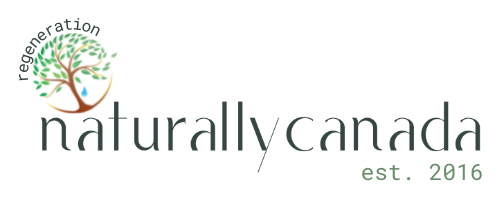



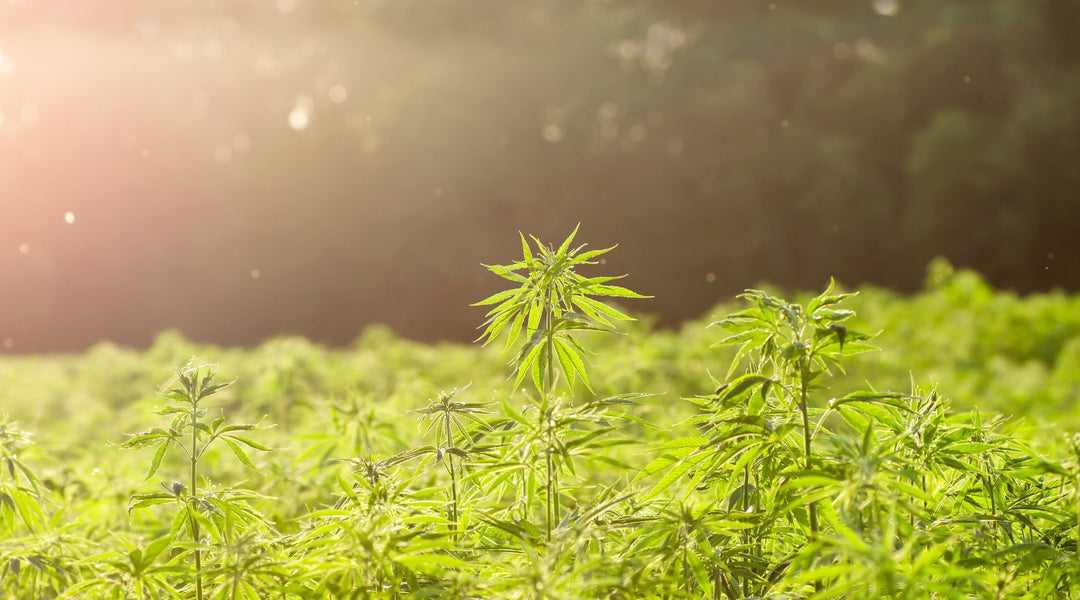
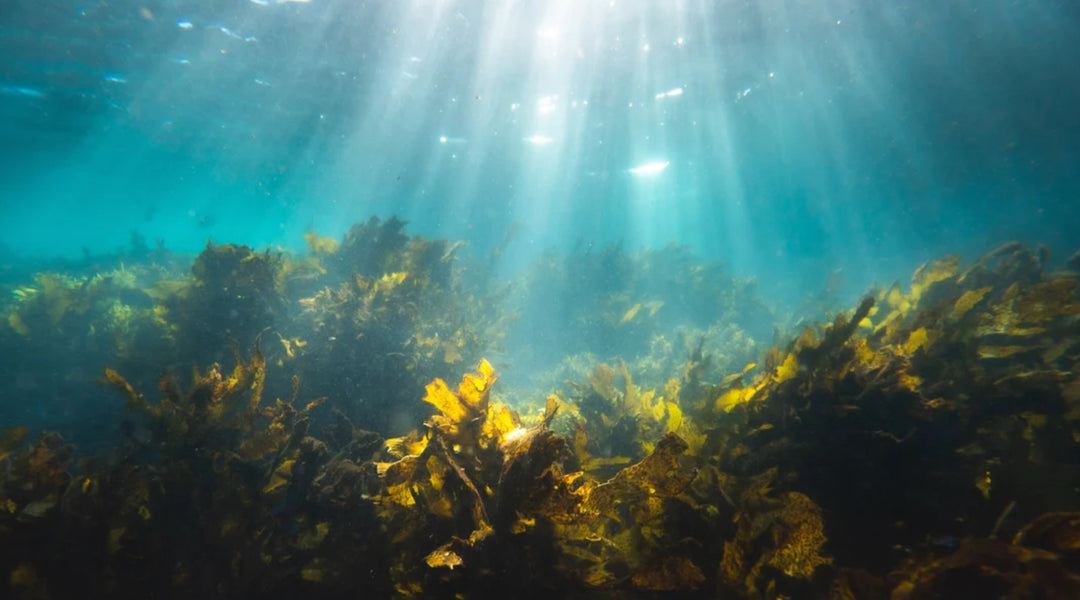
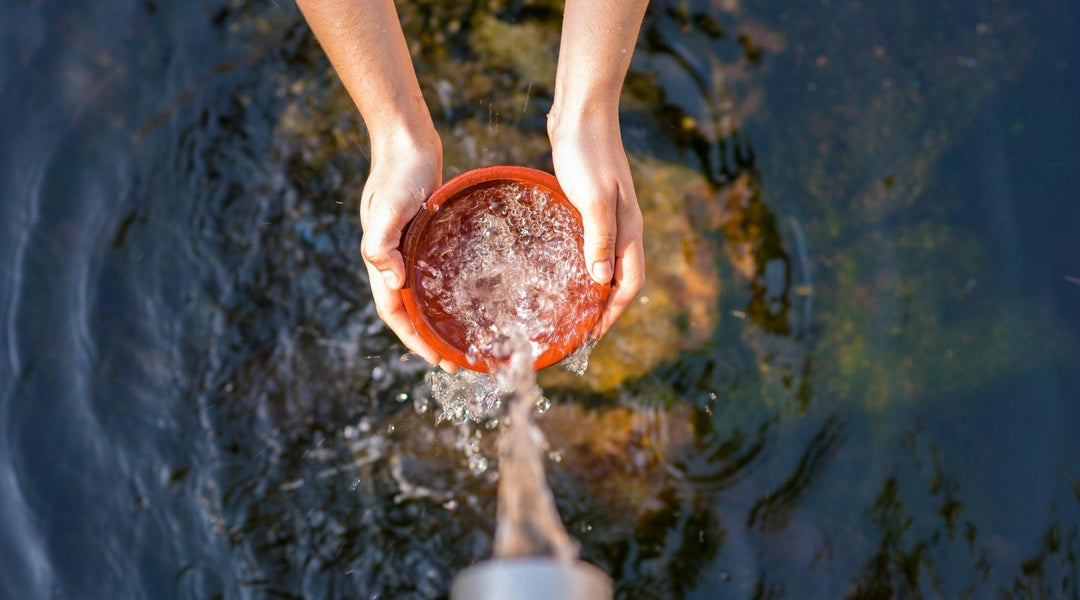
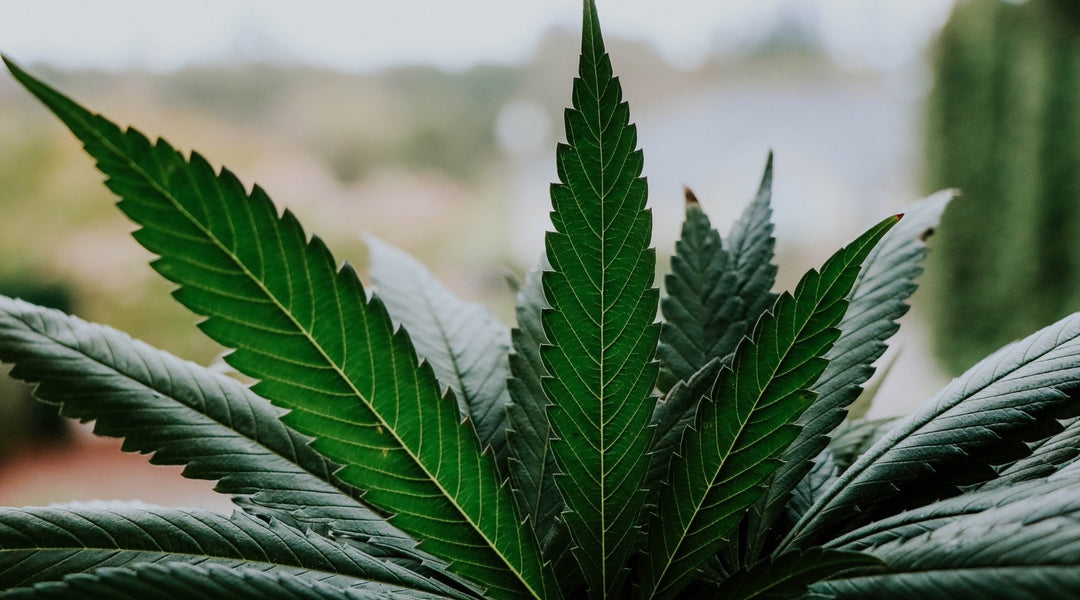
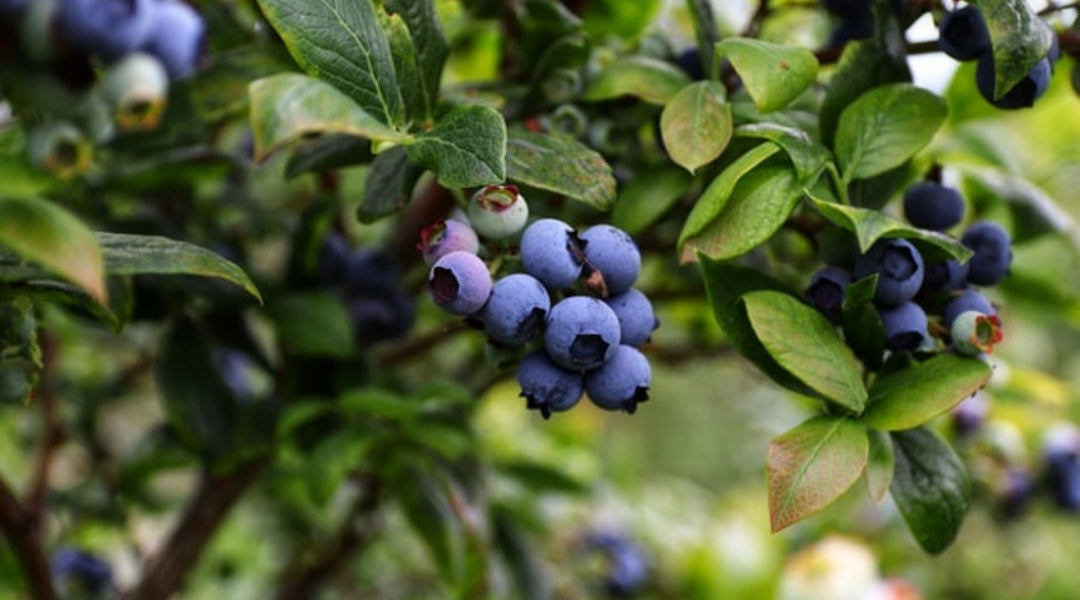
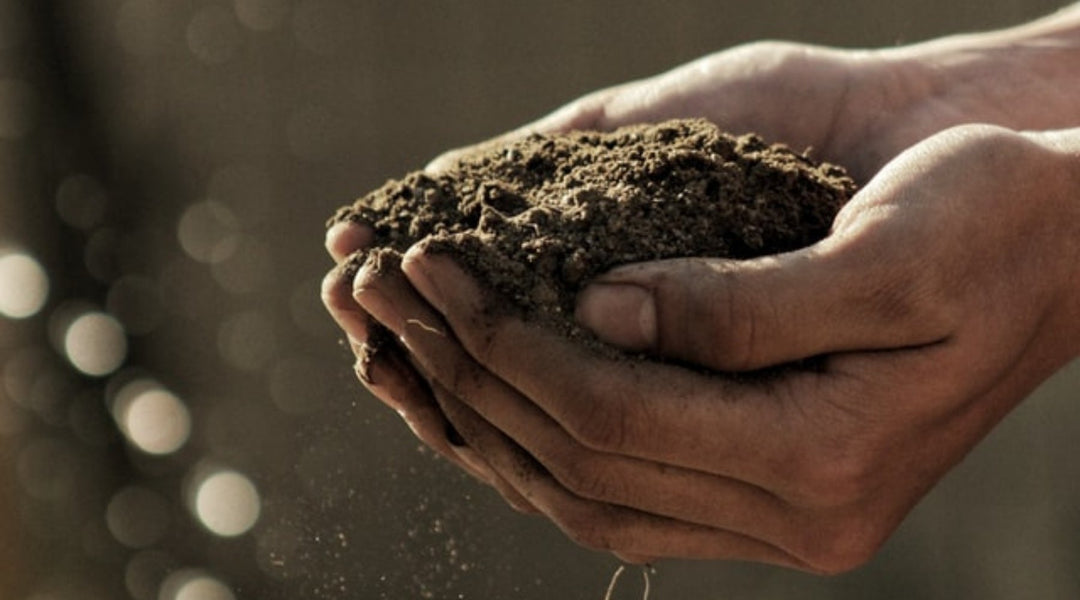
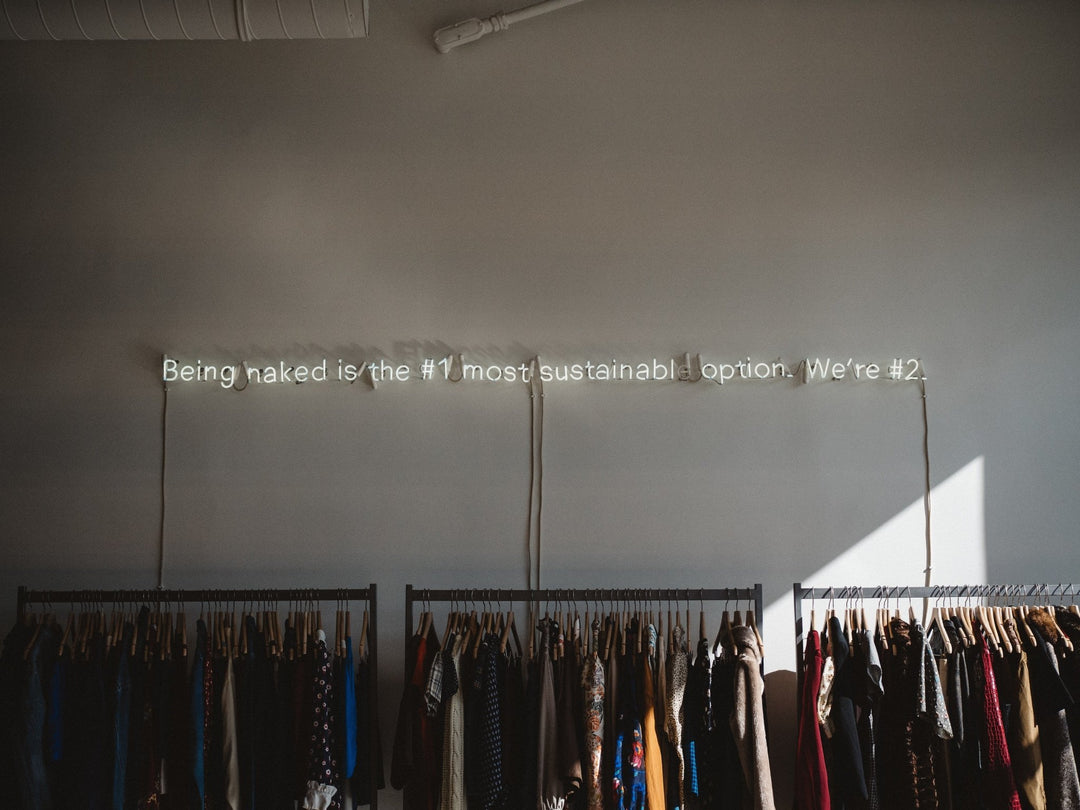

Laissez un commentaire